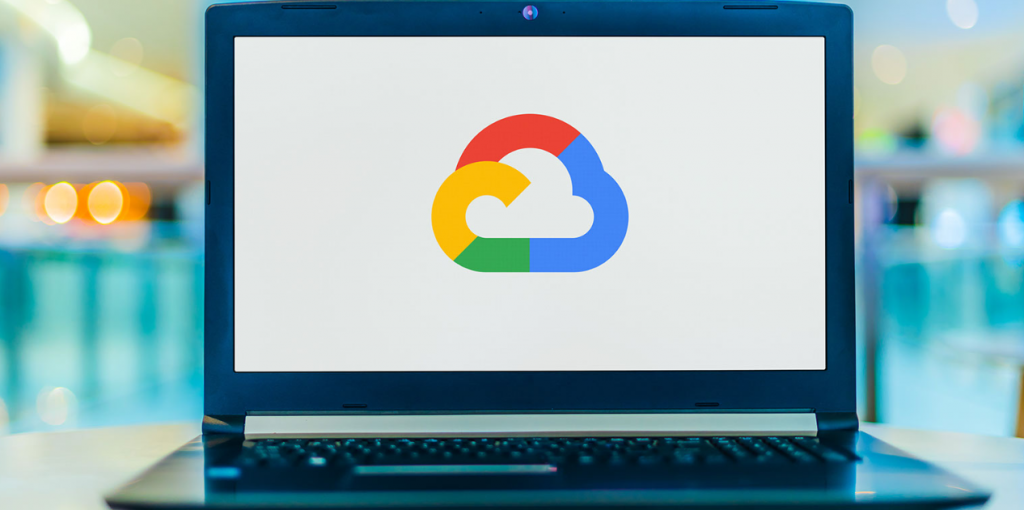As we advance toward the end of the first quarter of 2021, stories of the cyber attack (which was first deployed at the end of 2019) on SolarWinds are still prevalent in the news. IT professionals are wise to be concerned about attacks of this magnitude. Attacks like the one initiated against Solarwinds pose a severe threat to governments, companies, non-profits, and individuals alike.
Ensuring security begins with providing secure infrastructure and requires the right tools and processes to avoid predictable security mistakes. Google creates this environment through its trusted cloud computing initiative, including defense-in-depth at scale, shielded virtual machines, binary authorization, and change verification.
Secure Cloud Computing Begins by Being a Role Model
A cloud service provider doesn’t hold much credence if telling others how to manage security and not following its own best practices. Google knows this. They realize that developing software safely requires drinking their own Kool-Aid. In short, they believe in leading by example.
Using tools like BeyondCorp, Google can create a zero-trust network environment. If you’re not familiar with BeyondCorp, it’s the direct result of a series of cyberattacks in 2009 known as Operation Aurora. Not unlike the Solarwinds event, it targeted some of the biggest high-tech, security, and defense contractor companies. The goal: to gain access to and potentially modify source code repositories at these organizations. On the heels of the event, Google began to reimagine its security architecture. Specifically, it looked to re-shape how employees and devices access internal applications. BeyondCorp was born.
Access to services is just one area of focus for secure software development by Google. The company has also gone to lengths to implement security keys, which prevent phishing attacks. Even its native web browser, Chrome OS, was specially designed and built to resist malware. Not only do these changes provide Google employees with a secure environment to work from, but it also demonstrates the company’s commitment to safety.
Because of these practices and others, Google is succeeding. According to a recent Forrester report, Google scored the highest among cloud providers for its strategy for native security. Only Google Cloud automatically encrypts data at rest by default, with the ability to redact sensitive data with 90+ predefined detectors.

Make the Digital Transformation Securely
Customers are empowered and connected like never before. It’s no longer enough to meet customers’ growing expectations in today’s business landscape—you must stay ahead of them. At the same time, you have to anticipate competitors’ moves and stay ahead of them as well, all while continuing to monitor and prepare for threats and opportunities outside of your control.
For all these reasons and others, businesses turn to the Cloud as the new normal for secure computing. Adopting cloud environments can help a company respond to opportunities quickly, scale effortlessly, deliver an exceptional customer experience, and improve operational efficiencies. Migrating to the Cloud can provide the agility needed to quickly adapt and transform all business parts to stay competitive and secure a businesses’ network.
In any business, however, the essential element, security, must be addressed for cloud success. In the modern business landscape, it is foundational to any cloud project. For many businesses and information security leaders, the overarching question is: How should our approach to security change in the Cloud?
Share the Responsibility
The nature of working in the Cloud means businesses are partnered with their services provider. So, it only makes sense that the responsibility of securing the digital landscape is inherent in that partnership. This is a crucial difference in how security is handled in the Cloud than in legacy architectures.
According to the Cloud Security Alliance, all cloud services providers “…adhere to a shared security responsibility model.” Google is no exception. The shared responsibility model defines responsibilities regarding cloud security, governance, and compliance management. This means that while Google Cloud secures the underlying cloud computing infrastructure, businesses are responsible for securing their resources, applications, users, customers, and data running on Google Cloud Platform (GCP). Sharing responsibility relieves burdens on the IT department for securing physical infrastructure and facilities.
While the responsibilities are shared, IT leaders must still assume responsibility for monitoring everything happening across all resources and accounts to make granular policy changes and mitigate risk. Here again, Google provides an answer. Its Cloud Security Command Center helps deliver centralized visibility and control and easily couples with many major third-party services. Insights from the command center can help businesses take preventive action, detect threats, and respond quickly to an attack or other incident.
Prepare for Secure Cloud Computing
As your business transforms digitally and embraces the cloud, security and compliance become more important than ever. To protect your business from today’s cyber threats and comply with industry and government regulations, you need a way to secure your applications and data consistently. Google Cloud Platform holds those solutions for both cloud and hybrid environments. Working with a knowledgeable partner can get you up and running quickly and easily.
Consult an expert today to see how Google Cloud can help secure business using leading-edge technology.

